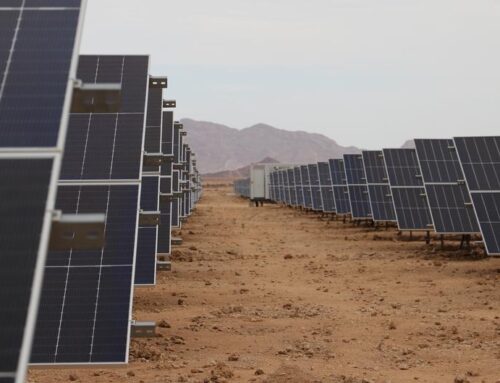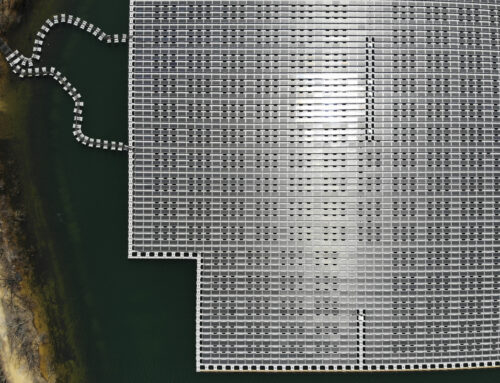The first invisible solar panel unveiled to the world: Record energy and the future of mankind
December 23, 2024
Dyaqua, an Italian company, has announced its development of invisible solar panels. This new invention sets the standard for renewable energy in the sector, offering both sustainability and aesthetically pleasing products for the market. These panels are perfect for residences, commercial buildings, and even historic sites where aesthetic appeal is important because they are made to seem like natural materials like ceramic tiles.
The invisible solar panel is very different from the traditional ones. This one is seamlessly inserted into surroundings without being detected, hence the term “invisible.” In other words, common monocrystalline silicon cells comprised of “non-toxic” elements make up the panels, which are housed beneath the ceramic casing. This invention meets the needs of people who want to use solar power without compromising the integrity of their buildings.
Combining sustainability and conservation: How energy use is changed by invisible solar panels
The solar panels are made in a way that stimulates advanced technology, featuring a photovoltaic core hidden beneath a specialised outer layer. This particular layer gives access to sunlight to penetrate while keeping the originality of the material, be it wood or stone. Buildings can now produce energy without the unsightly presence of traditional panels.
Historic sites have long been excluded from solar panels because they would damage or disrupt the aesthetic of the site. However, the technology is crucial for the sustainable renovation of ancient places, and the company has devised a method to make solar panels that look like the barrel clay tiles that are frequently found on building roofs in Italy.
With the help of these panels, it may be possible to strike a balance between conservation and sustainability, enabling energy independence while protecting cultural treasures. With this innovative strategy, Dyaqua has expanded the use of solar panels and opened up new avenues for the use of renewable energy. The company has also shown us that there are many ways to make this work to maintain aesthetics within historic sites such as museums.
The solar panel was also built to allow cultural heritage to access solar energy
Invisible Solar was specifically designed to finally allow cultural heritage to access solar energy, where traditional solar panels and other BIPVs are not allowed to be installed due to their high visual impact, expressed Elisa Quagliato, a representative for Dyaqua. Archaeological sites and typical heritage structures use a lot of energy.
Solar energy is therefore crucial to reducing the environmental impact of these stunning locations and assisting them in promoting their culture. Therefore, they can both promote their culture and keep a clean environment. Historic sites can attract tourists and locals just by knowing that the specific site is environmentally friendly and understands sustainability.
Historical building solar PV modules: characteristics and features of invisible solar panels
A new Dyaqua-only photovoltaic technology called Invisible Solar mimics the look of construction materials.
Each Invisible Solar module is an active architectural feature with multiple functions in addition to being a photovoltaic panel. The following are the features:
- The environment in which Integrated Invisible Solar is installed complements it flawlessly.
- Photocatalysis: a light-activated natural process that cleans the module surface and purifies the air.
- Power: It is resistant to airborne contaminants, chemical solvents, and high static loads.
- Environmentally friendly: The solar panel is recyclable, non-toxic materials that come from natural sources or may be reused.
By transforming Pompeii into the first smart archaeological park, the project hopes to establish a global standard for other cultural heritage sites. Quagliato added that the business is testing comparable methods with various materials, including concrete, stone, and wood. Other innovative applications of solar energy include Samuel Wilkinson’s solar tree-like structure designed to capture solar energy and Britain’s water-filled glass, which passively heats and cools buildings by using windows filled with water.
Search
RECENT PRESS RELEASES
Related Post




